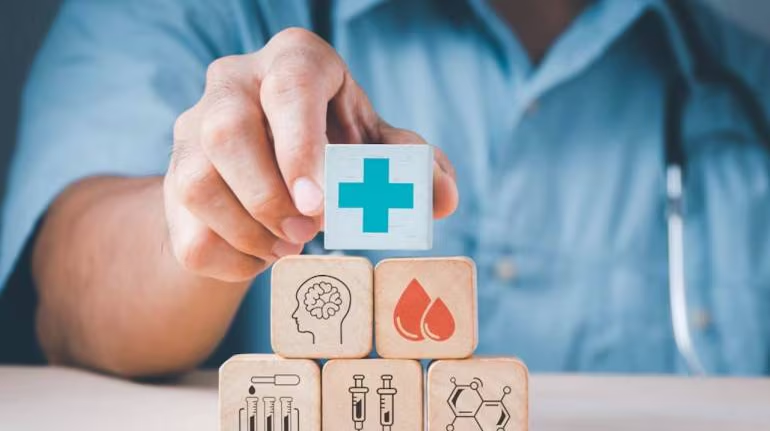Prophylactic treatment refers to medical or preventive measures taken to prevent the onset of a disease or condition before it occurs. The aim is to protect individuals from potential health threats by using medications, vaccines, or other interventions. Here’s an in-depth look at various aspects of prophylactic treatment.
Types of Prophylactic Treatments
- Vaccination
- Chemoprophylaxis
- Behavioral and Lifestyle Prophylaxis
- Mechanical Prophylaxis
- Surgical Prophylaxis
Mechanism of Action
- Immune System Stimulation
- Inhibition of Pathogen Growth
- Barrier Methods
- Risk Reduction Strategies
Indications for Prophylactic Treatment
- Prevention of Infectious Diseases
- Prevention of Chronic Diseases
- Situational Prophylaxis
Benefits and Risks
Benefits
- Disease Prevention: Reduces the incidence of infectious diseases, leading to decreased morbidity and mortality.
- Cost-Effective: Prevents costly treatments and hospitalizations by stopping diseases before they start.
- Improved Quality of Life: Reduces the burden of disease, allowing individuals to lead healthier lives.
Risks
- Side Effects: Some prophylactic treatments, such as vaccines or medications, may cause side effects or adverse reactions.
- Resistance: Overuse or misuse of antibiotics can lead to antibiotic resistance.
- Cost and Accessibility: Some prophylactic treatments may be expensive or inaccessible to certain populations, leading to disparities in health outcomes.
How to Solve Possible Side Effects
- Monitoring and Adjustment
- Regular monitoring of drug levels and health indicators can help in adjusting doses to minimize side effects.
- Tailoring the drug regimen to the individual’s needs and health status.
- Combination Therapies
- Using combination therapies can sometimes reduce the required dosage of each drug, potentially lowering the risk of side effects.
- Prophylactic Measures
- Taking steps to counteract side effects, such as using probiotics to mitigate antibiotic-associated diarrhea, or ensuring hydration to reduce renal effects of certain drugs.
- Patient Education
- Educating patients about potential side effects and encouraging them to report any adverse reactions early.


